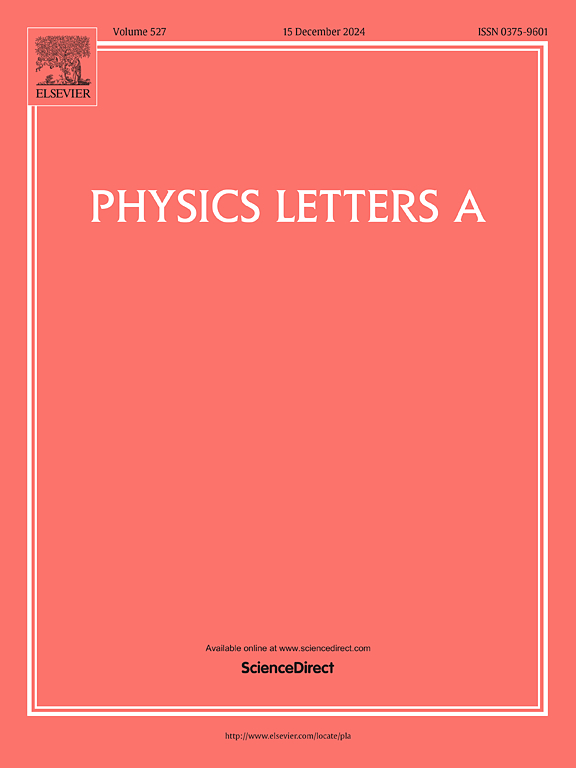Design of metasurface structures compatible with multiple detection methods for stealth applications
IF 2.3
3区 物理与天体物理
Q2 PHYSICS, MULTIDISCIPLINARY
引用次数: 0
Abstract
With the rapid advancement of multispectral detection technologies, achieving multiband-compatible stealth has emerged as a critical challenge. Conventional microwave-absorbing materials struggle to reconcile the conflicting requirements of low infrared emissivity and high visible-light transmittance, while existing metamaterial designs exhibit limitations in balancing cross-band absorption efficiency and bandwidth. This study proposes a cross-band stealth metasurface (CSM) based on a frequency selective surface (FSS), gradient impedance matching, and indium tin oxide (ITO)/polyethylene terephthalate (PET) composite architecture. Innovatively introducing a structural co-optimization framework, we address multiband impedance mismatch through electromagnetic simulations, equivalent circuit models (ECM), and multiple interference theory (MIT), while implementing symmetric unit cell design to achieve polarization-insensitive characteristics with angular stability up to 35° Experimental results demonstrate that the CSM achieves over 90 % absorption in both microwave (44.8–56.9 GHz) and terahertz (1.65–2.39 THz) bands, while maintaining >85 % visible-light transmittance and low infrared emissivity (0.495), with significant radar cross-section (RCS) reduction (>10 dB). This design integrates optical transparency, infrared management, and electromagnetic adaptability, providing an innovative solution for next-generation multispectral-compatible stealth systems, with promising applications in military camouflage and intelligent optical devices.
求助全文
约1分钟内获得全文
求助全文
来源期刊

Physics Letters A
物理-物理:综合
CiteScore
5.10
自引率
3.80%
发文量
493
审稿时长
30 days
期刊介绍:
Physics Letters A offers an exciting publication outlet for novel and frontier physics. It encourages the submission of new research on: condensed matter physics, theoretical physics, nonlinear science, statistical physics, mathematical and computational physics, general and cross-disciplinary physics (including foundations), atomic, molecular and cluster physics, plasma and fluid physics, optical physics, biological physics and nanoscience. No articles on High Energy and Nuclear Physics are published in Physics Letters A. The journal''s high standard and wide dissemination ensures a broad readership amongst the physics community. Rapid publication times and flexible length restrictions give Physics Letters A the edge over other journals in the field.
 求助内容:
求助内容: 应助结果提醒方式:
应助结果提醒方式:


